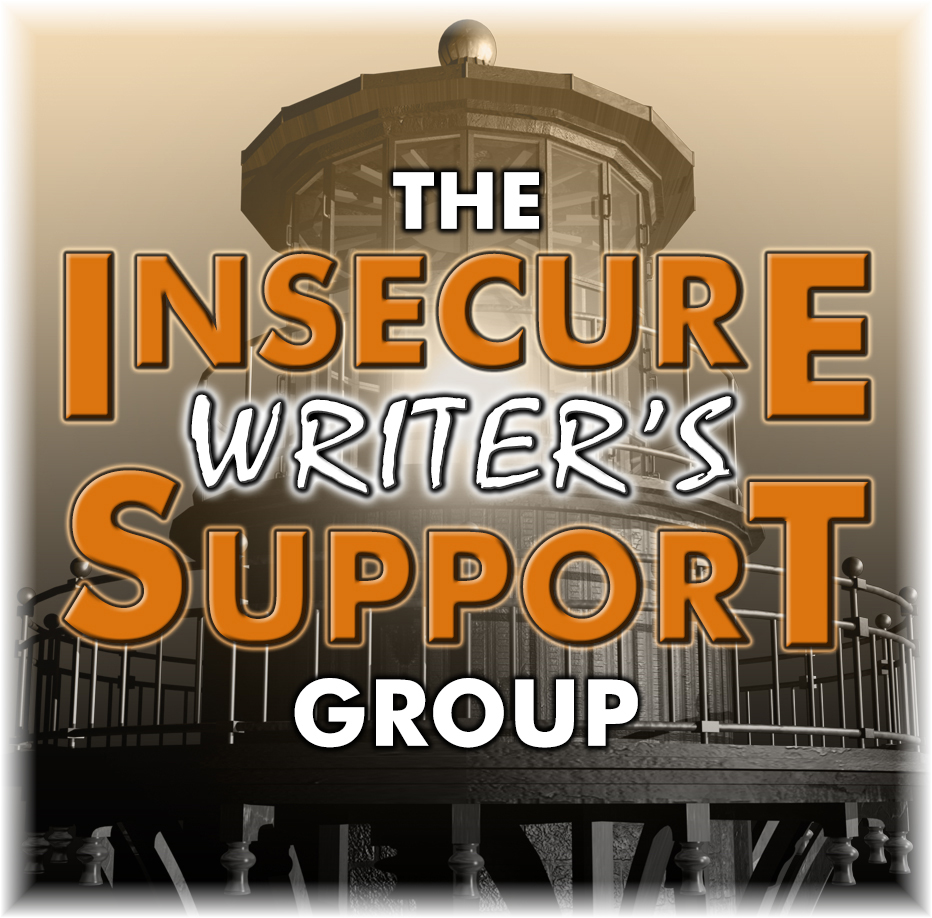![A2Z-BADGE-100 [2017]](https://rolandclarke.com/wp-content/uploads/2017/03/a2z-badge-100-2017.jpg)
My 2017 theme is “The History of Kanata”, the parallel world that is the setting for “Eagle Passage, and the theme reveal is here. I also wrote about this world in my blog post ‘This could be Kanata.

D is for Donibane: The firm of Migisi Rederi have decided to attempt winning the Daily Mail £10,000 Flight Across Atlantic prize that is on offer to the first person to make the trans-Atlantic crossing by air in seventy-two hours. This substantial prize is open to pilots of any nationality, and machines of foreign or Albion construction, so the Kanatian freight company builds a hundred and six-meter semi-rigid airship, Dajoji. On 14th June 1914, the airship leaves Donibane, Vineland with its crew of seven including Juhán Allekuk, Arto Brune, and Janna Migisi.
27 hours later, Dajoji reaches Galway, in Ériu [Ireland], ahead of their competitors; although, they have rescued the French aviators from the downed Blériot Aéronautique plane. The Migisi Rederi achievement heralds a new dawn for airships as the principal means of air travel since their fleet of small airships is already carrying goods within Kanata.
The problem of flammable gases like hydrogen had been significantly reduced by the discovery of vast quantities of helium under the central Great Plains area of both Kanata and the Dixie States in 1903, following an oil drilling operation.

Landing of British dirigible R-34 at Mineola, Long Island, N.Y. 1919 – Photo: United States Library of Congress
In our timeline: Wikipedia – In April 1913 the London newspaper The Daily Mail offered a prize of £10,000 (₤887414 in 2015) to
| “ |
“the aviator who shall first cross the Atlantic in an aeroplane in flight from any point in the United States of America, Canada or Newfoundland and any point in Great Britain or Ireland” in 72 continuous hours”. |
” |
The competition was suspended with the outbreak of war in 1914 but reopened after Armistice was declared in 1918. The possibility of transatlantic flight by aircraft emerged after the First World War, which had seen tremendous advances in aerial capabilities.
During 14–15 June 1919, the British aviators Alcock and Brown made the first non-stop transatlantic flight in a Vickers Vimy IV. The Vimy twin-engined bomber was converted for the long flight by replacing its bomb racks with extra petrol tanks.
Pilot John Alcock and navigator Arthur Brown flew the modified Vickers Vimy, powered by two Rolls-Royce Eagle 360 hp engines. It was not an easy flight, with unexpected fog, and a snow storm almost causing the crewmen to crash into the sea. They made landfall in Galway at 8:40 a.m. on 15 June 1919, not far from their intended landing place, after less than sixteen hours of flying.
The Secretary of State for Air, Winston Churchill, presented Alcock and Brown with the Daily Mail prize for the first crossing of the Atlantic Ocean in “less than 72 consecutive hours”. There was a small amount of mail carried on the flight making it also the first transatlantic airmail flight.
The first transatlantic flight by rigid airship, and the first return transatlantic flight, was made just a couple of weeks after the flight of Alcock and Brown, on 2 July 1919. Major George Herbert Scott of the Royal Air Force flew the airship R34 with his crew and passengers from RAF East Fortune, Scotland to Mineola, New York (on Long Island), covering a distance of about 3,000 statute miles (4,800 km) in about four and a half days. The flight was intended as a testing ground for post-war commercial services by airship (see Imperial Airship Scheme), and it was the first flight to transport paying passengers. The R34 wasn’t built as a passenger carrier, and extra accommodation was arranged by slinging hammocks in the keel walkway. The return journey to Pulham in Norfolk, England, was from 10 to 13 July and it took 75 hours.
The two primary lifting gases used by airships have been hydrogen and helium.
Hydrogen is the earth’s lightest element, and it can be obtained easily and inexpensively, but its flammability makes it unacceptable for manned airship operations.
In addition to the famous Hindenburg disaster, dozens of hydrogen airships were destroyed by fire, and no American airship has been inflated with hydrogen since the crash of the U.S. Army airship Roma in 1922. The use of hydrogen as a lifting gas for passenger airships was completely abandoned by the late 1930s.
Helium’s non-flammable nature makes it the only practical lifting gas for manned lighter-than-air flight, but it is scarce and expensive, and the use of helium can reduce a rigid airship’s payload by more than half. The USS Shenandoah ZR-1 made its first flight on September 4, 1923. It was the first ascent of a helium inflated rigid airship in history.
After an oil drilling operation in 1903 in Dexter, Kansas, helium was found concentrated in large quantities under the American Great Plains, available for extraction as a by-product of natural gas. However, it was not available in any quantity until the 1920s.
Could airships have ever out-performed planes? Was the earlier discovery of helium as a lifting gas the catalyst?
***
Important Links for the A to Z Challenge – please use these links to find other A to Z Bloggers
Website: http://www.a-to-zchallenge.com
Facebook page: https://www.facebook.com/atozchallenge/
Twitter handle: @AprilAtoZ
Twitter hashtag: #atozchallenge





![A2Z-BADGE-100 [2017]](https://rolandclarke.com/wp-content/uploads/2017/03/a2z-badge-100-2017.jpg)







![A2Z-BADGE-000 [2014] (1)](https://rolandclarke.com/wp-content/uploads/2014/02/a2z-badge-000-2014-1.jpg?w=150)